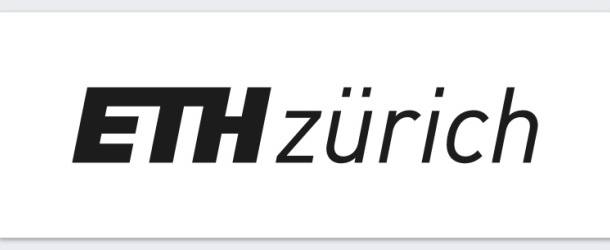Optical Levitation of Glass Nanosphere Enables Quantum Control & May Help Build Sensitive Sensors

(Phys.org) Researchers at ETH Zurich have trapped a tiny sphere measuring a hundred nanometres using laser light and slowed down its motion to the lowest quantum mechanical state. This technique could help researchers to study quantum effects in macroscopic objects and build extremely sensitive sensors.
The macroscopic object in Novotny’s laboratory is a tiny sphere made of glass. Although it is only a hundred nanometres in diameter, it consists of as many as 10 million atoms. Using a tightly focused laser beam, the sphere is made to hover in an optical trap inside a vacuum container cooled down to 269 degrees below zero. The lower the temperature, the smaller is the thermal motion.
“However, to clearly see quantum effects the nanosphere needs to be slowed down even more, all the way to its motional ground state,” explains Felix Tebbenjohanns, a postdoc in Novotny’s lab.
To achieve this, the researchers use a method that is well-known from slowing down a playground swing: just the right amount of pushing or pulling in the right direction, depending on where the swing happens to be.
Novotny mentions that hovering nanospheres are of interest not only to basic research, but can also have practical applications. Nowadays there are already sensors that can measure the tiniest accelerations or rotations by using interfering atomic waves. As the sensitivity of such sensors increases with increasing mass of the quantum mechanically interfering object, the sensors could be immensely improved with nanospheres.




















